

We began the day by fueling up with bagel sandwiches to prepare for a lot of walking, learning, and exploring. After breakfast, we made our way to the Tenement Museum on the Lower East Side.
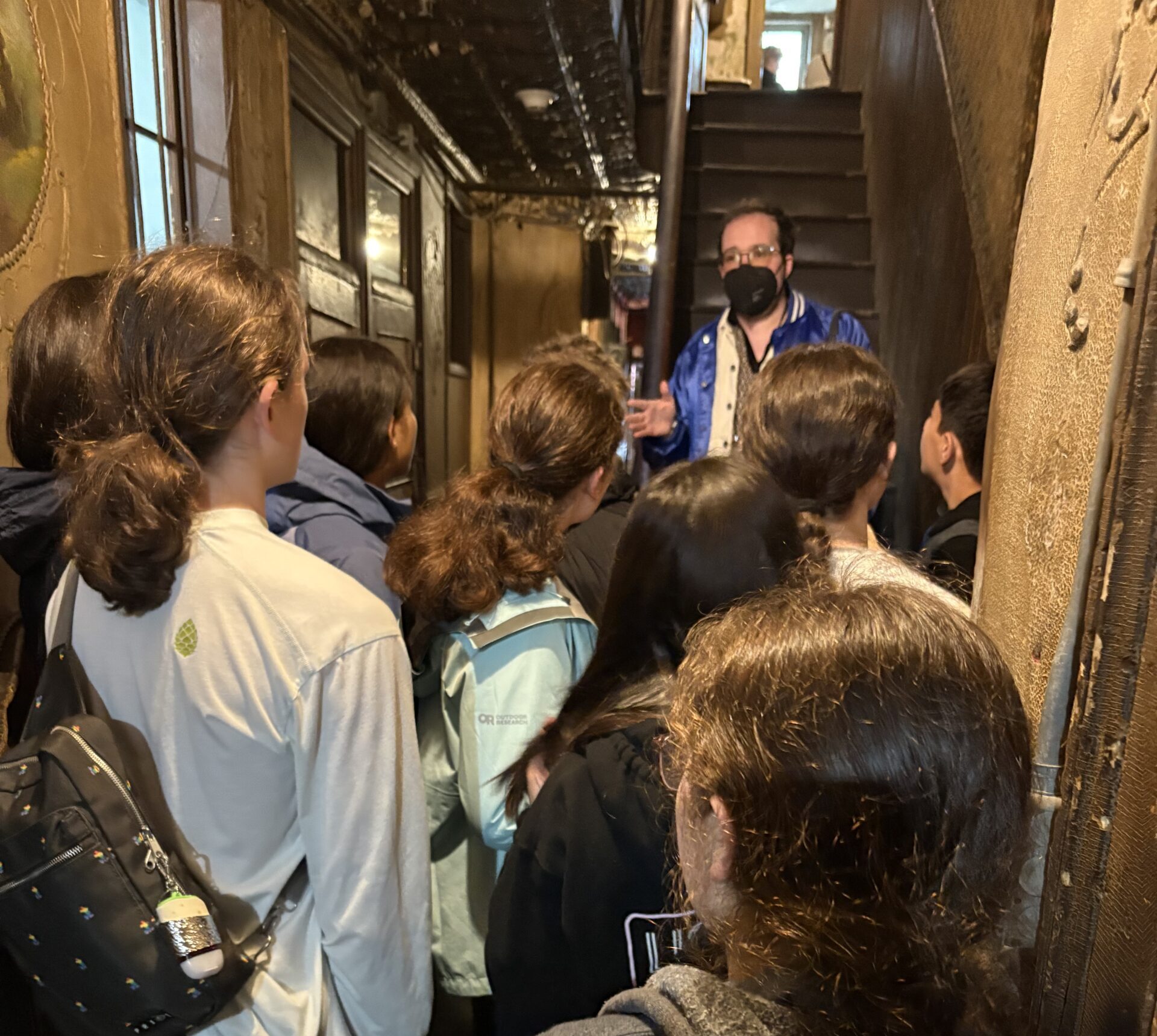
Students were guided through the “Under One Roof” tour in the historically-recreated tenement homes. We learned that the tenements were built in 1863 and housed 7,000 people over a period of 72 years. There were 20 apartments that typically housed ~100 working class inhabitants at one time. No one has lived in the tenements for 90 years.
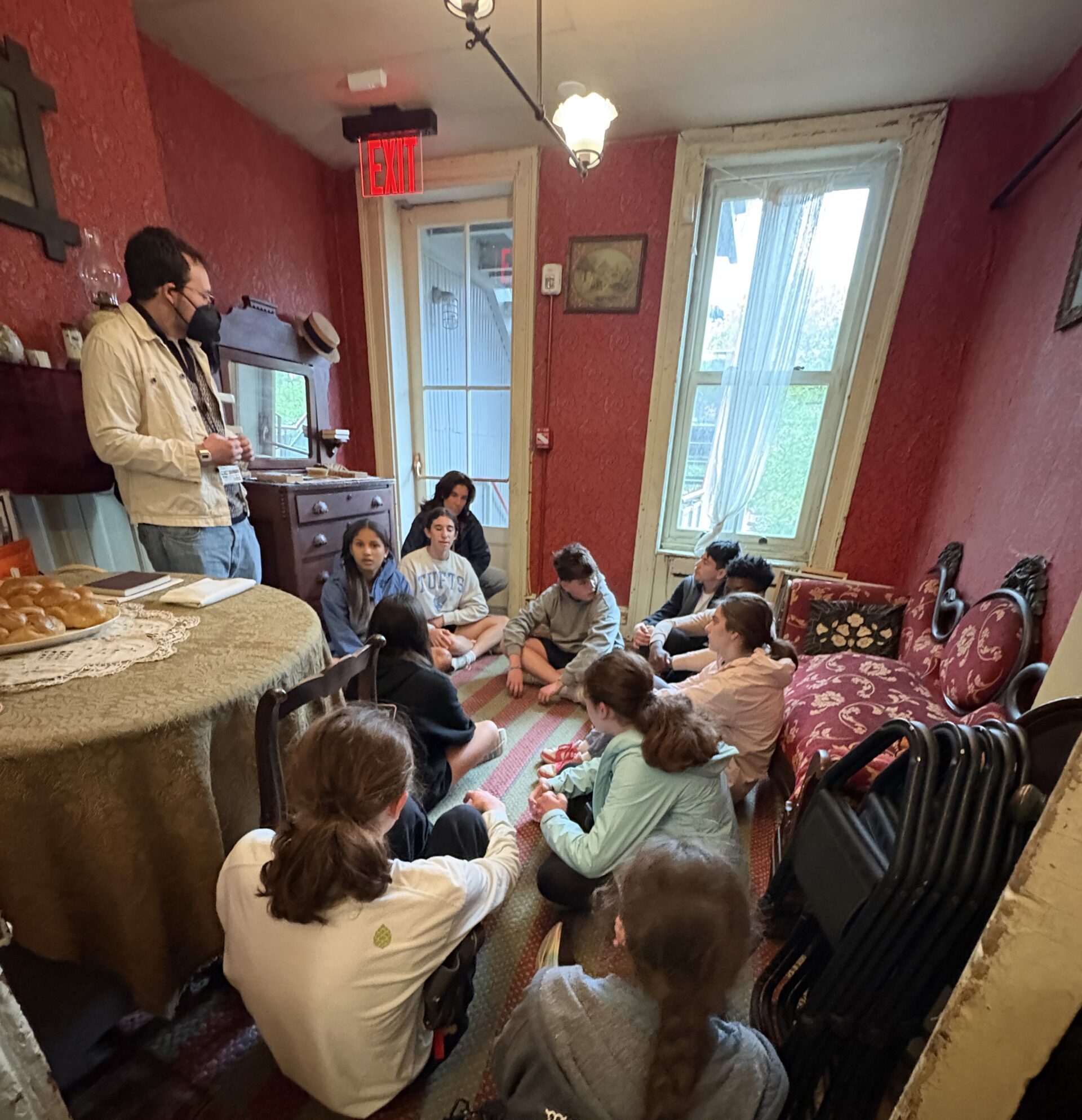
We visited the homes and heard the stories of the Rogarshevskys and the Baldizzis, a Jewish family and an Italian family who became neighbors.

We toured their living spaces including combined kitchens and bedrooms.
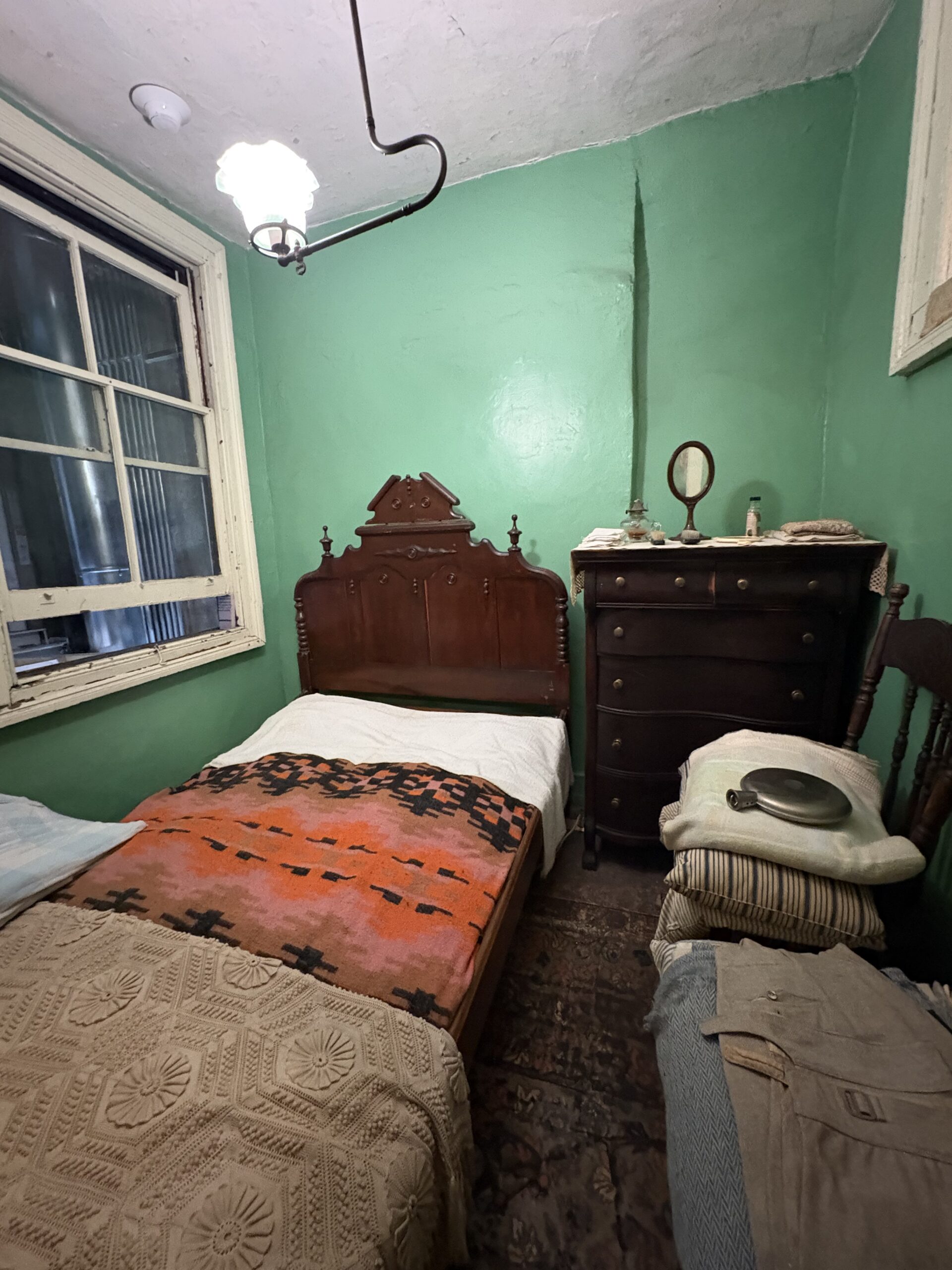
Students learned about the Johnson Reed Act (anti-immigration laws passed in 1924) which impacted the number of immigrants that were allowed to come from certain countries. The repercussions included the closing of Ellis Island and people leaving the Lower East Side tenements because of the stereotypes around immigrants.

We heard primary accounts from a young women who lived in one of the apartments, Josephine Baldizzi. When the museum opened the condemned building they searched for former tenants to get firsthand accounts of their experiences. Josephine, in her 60s at the time, recorded 17 hours of audio about her family’s experience and the families she knew in the building.

Our guide asked us to think about the similarities between Josephine’s living experience and our own. Students commented:
Everyone tries to make their house feel comfortable (even if it’s not ideal.)
We also live with family and care about them.
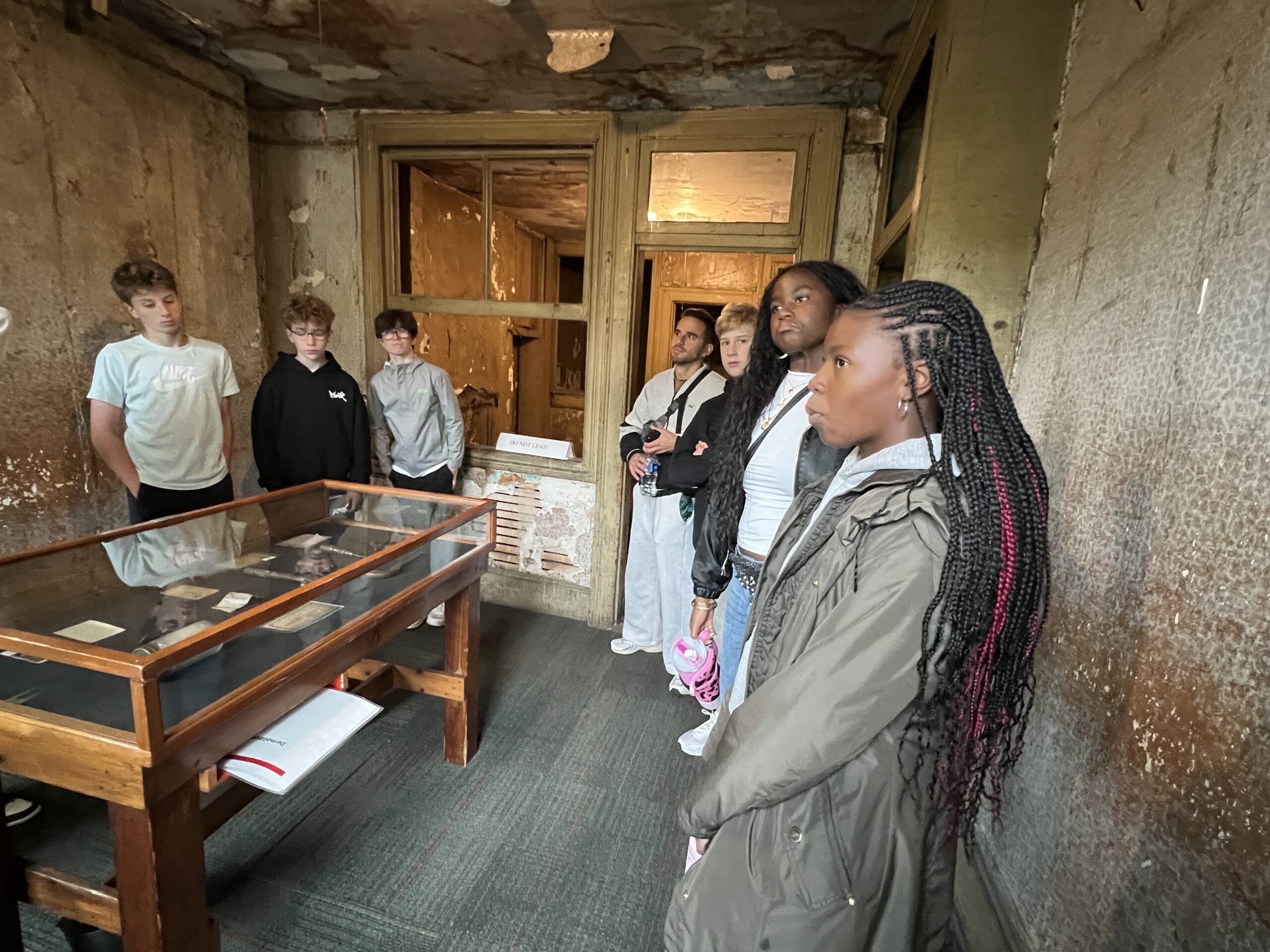
Our guide left us with a parting thought:
If 50 years from now, a museum called to ask about your life, what would you include? He recommended keeping a journal for future historians!


Next, we embarked on an in-depth walking tour titled “Immigrant New York.” We were guided through Chinatown, the historic Jewish East Side, and Little Italy.
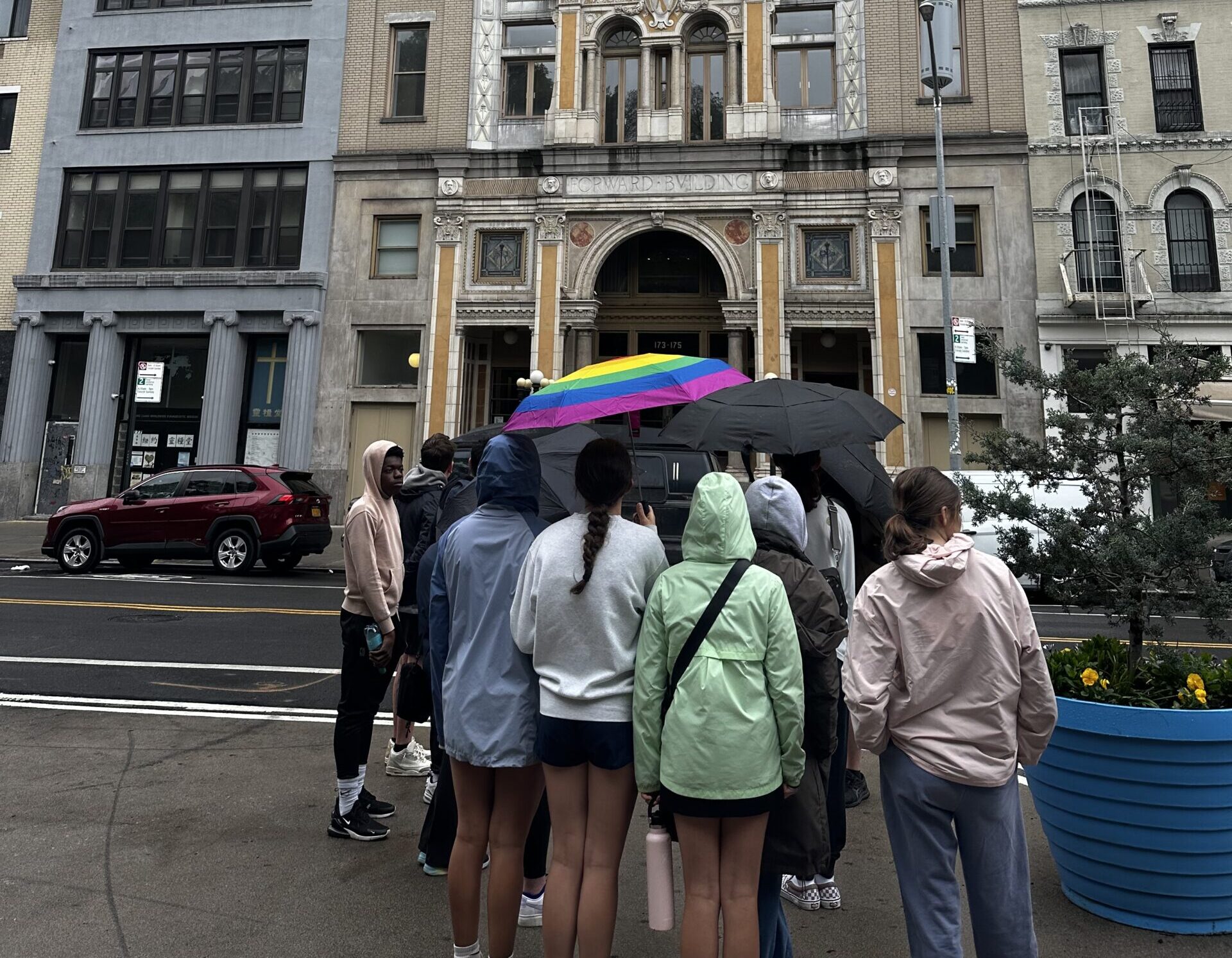
The tour explores the experiences of the different immigrant and ethnic populations residing in the Lower East Side from the early 19th century through present day.
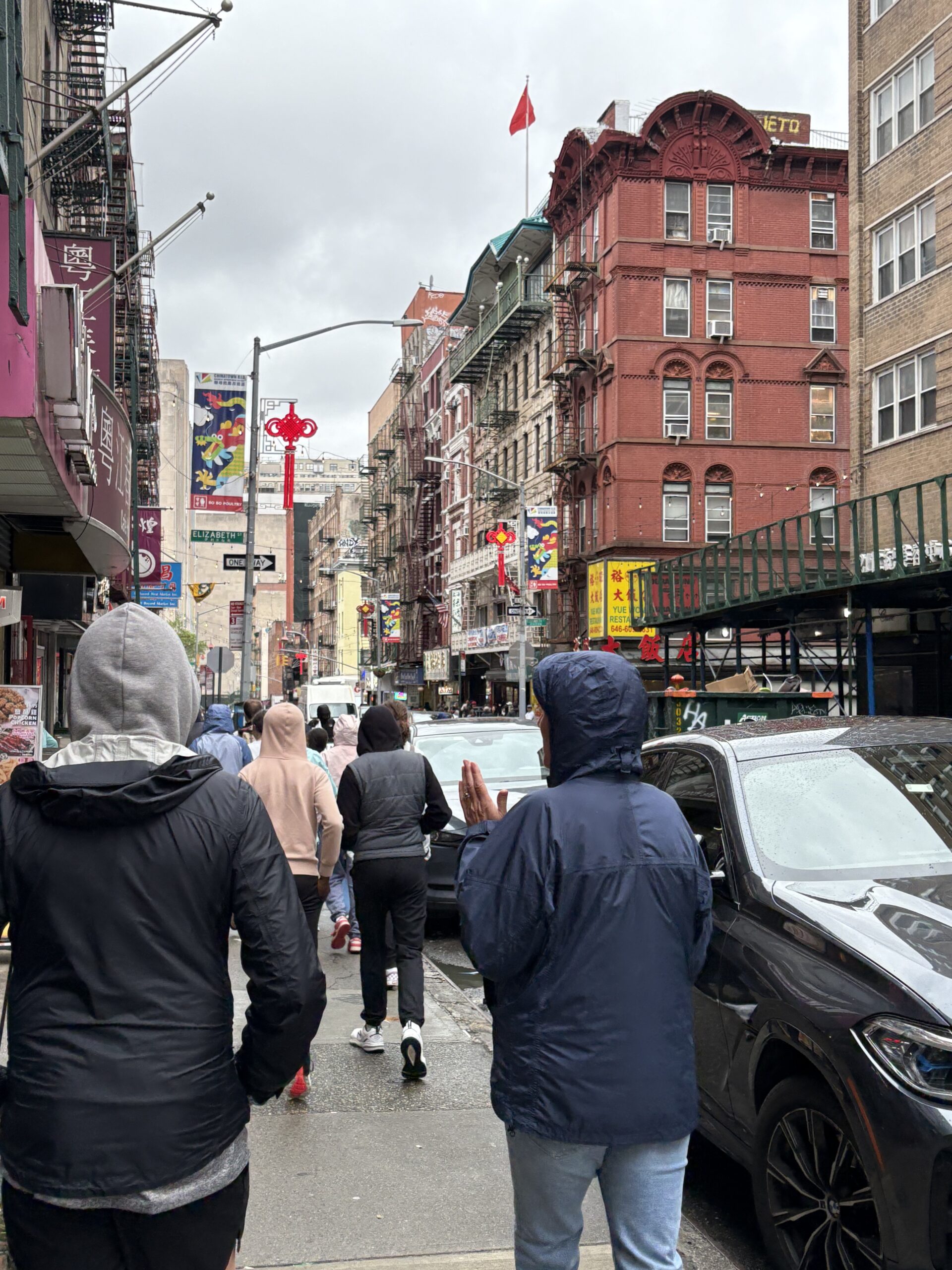
We learned about Boss Tweed who was the political boss of Tammany Hall. Tweed was the fifth largest landowner in NYC and made his money while in a firehouse gang that collected insurance money from fires before public firefighters existed. He built schools and court houses. He also skimmed money off taxes by falsifying records and purchases and was eventually arrested. Despite his corruption, Tweed was a lifeline for immigrants who would exchange their votes for work and housing.
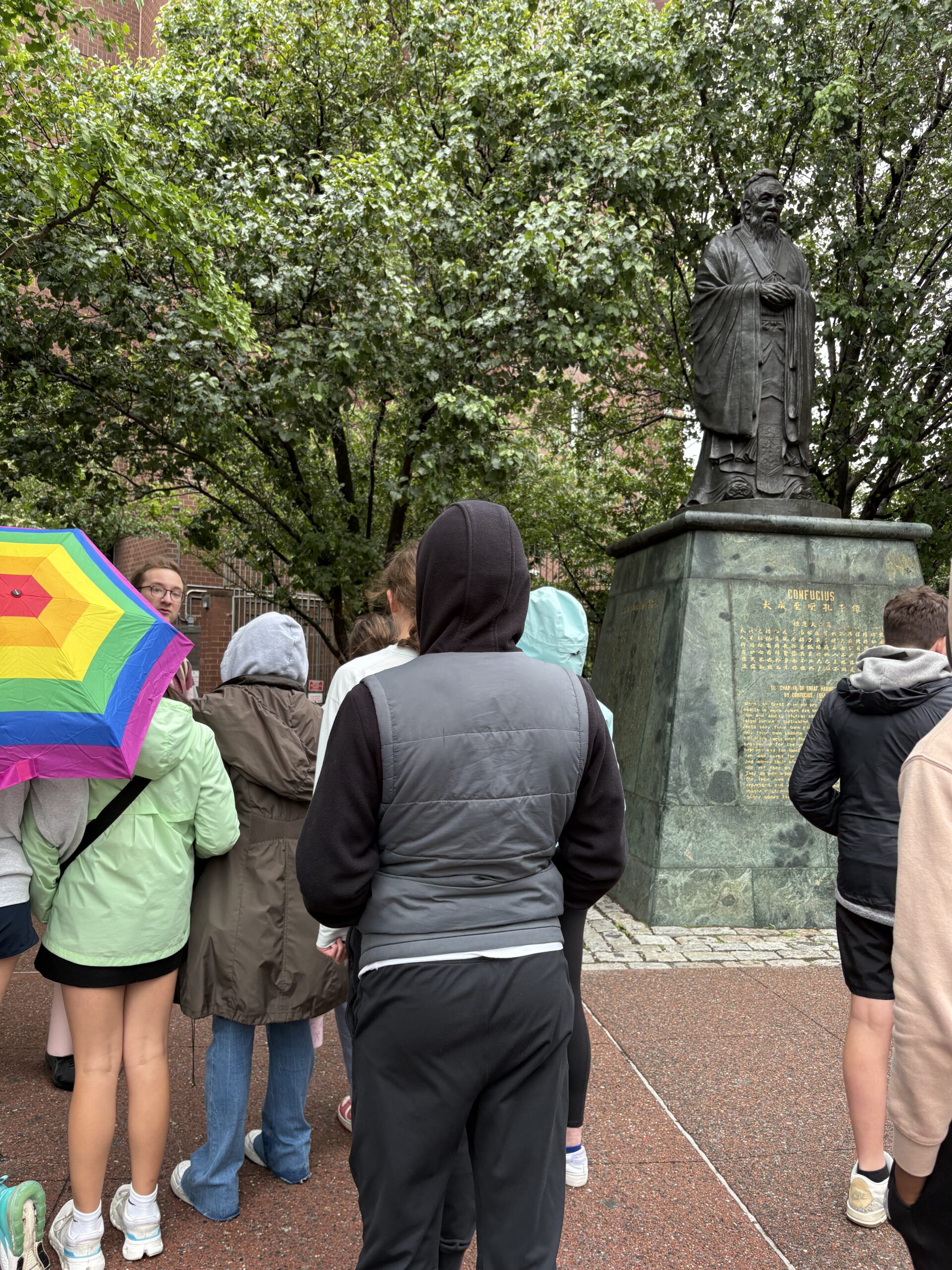
Our guide told us to think about an essential question for all immigrants…
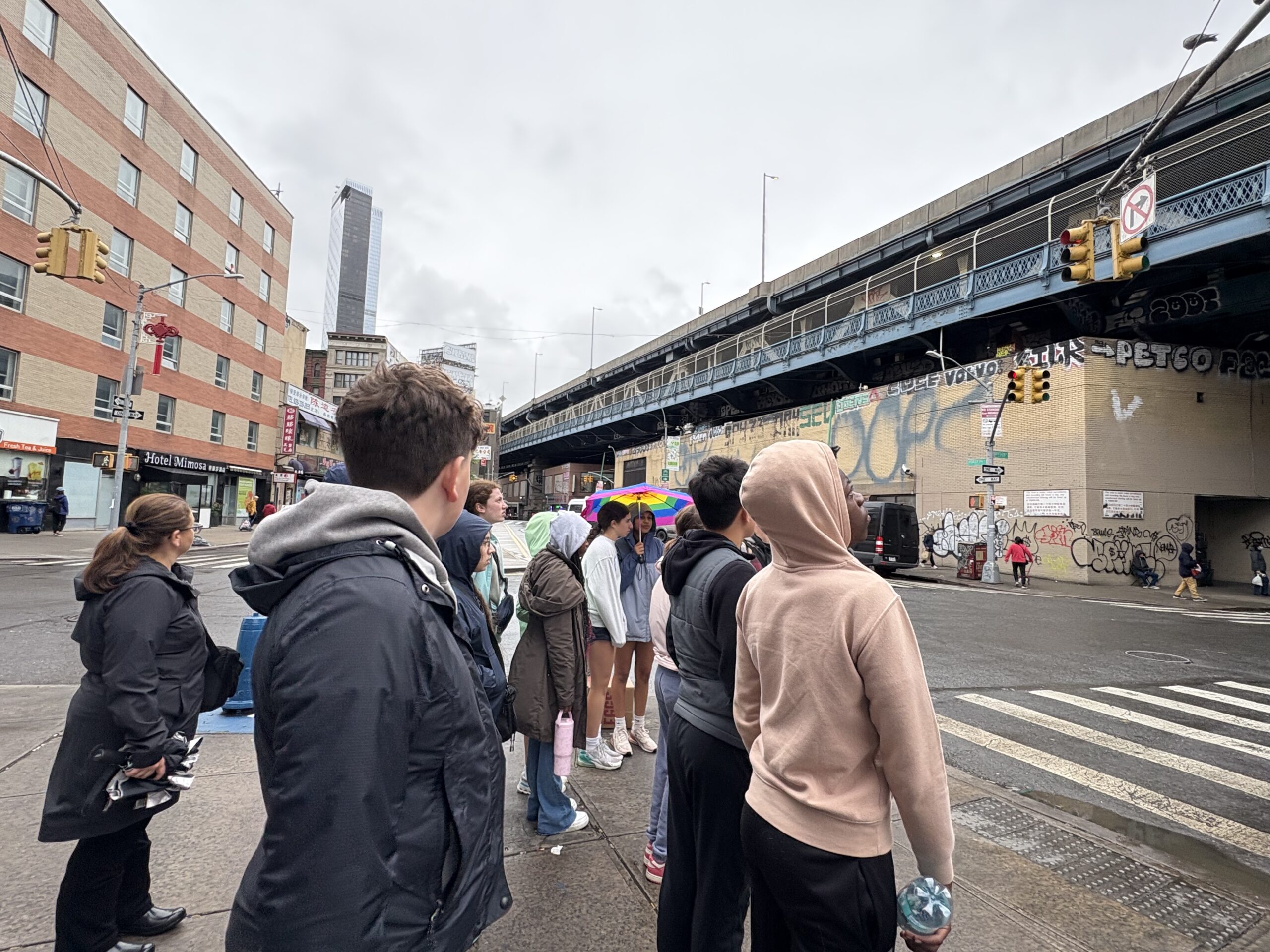
What does assimilation cost, and what does it gain?
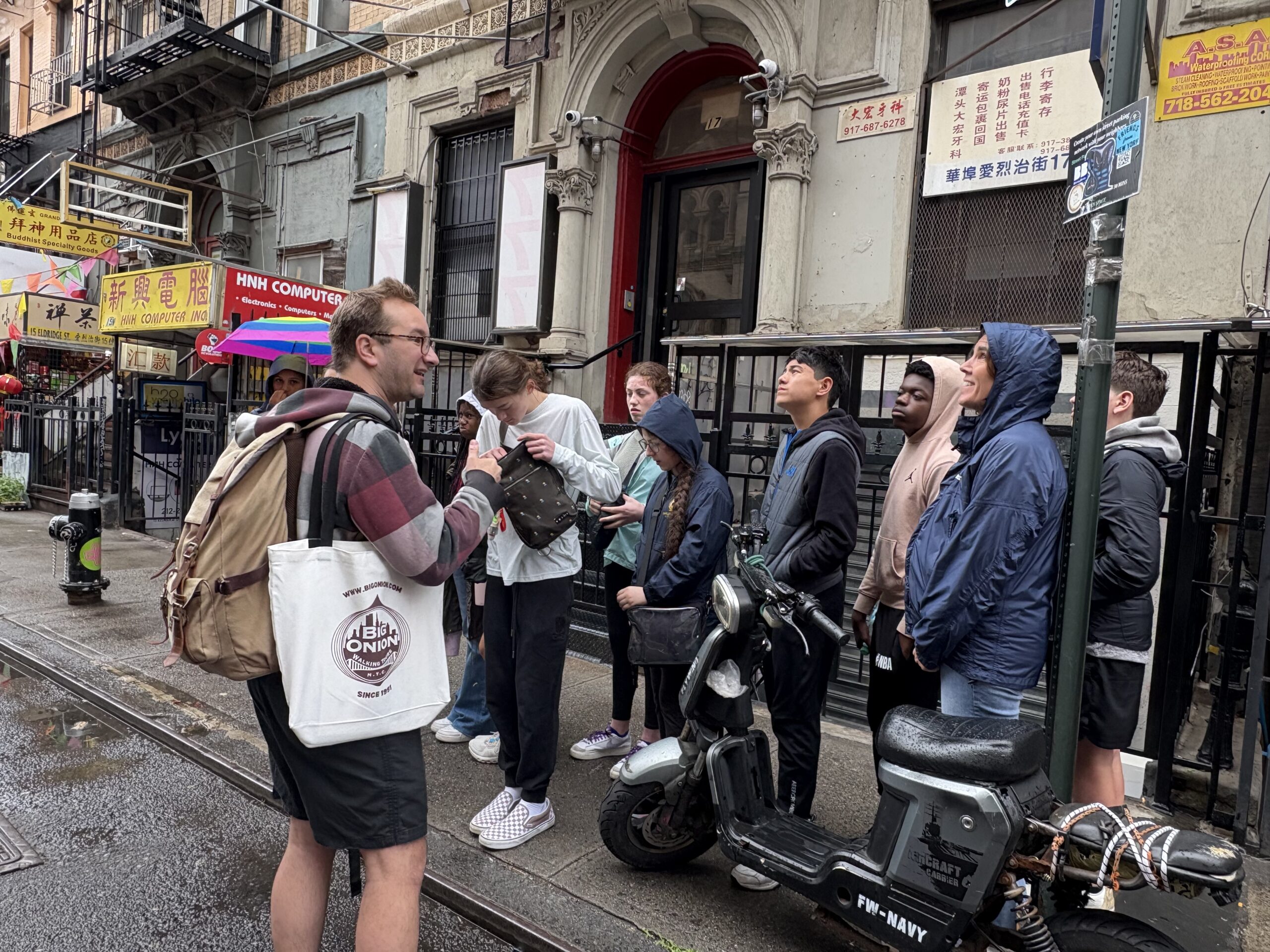
We saw photos from the Great Depression era of the streets we were standing on. People existed in squalor and congestion before progressive politicians began to advocate on the neighborhood’s behalf post-Depression.
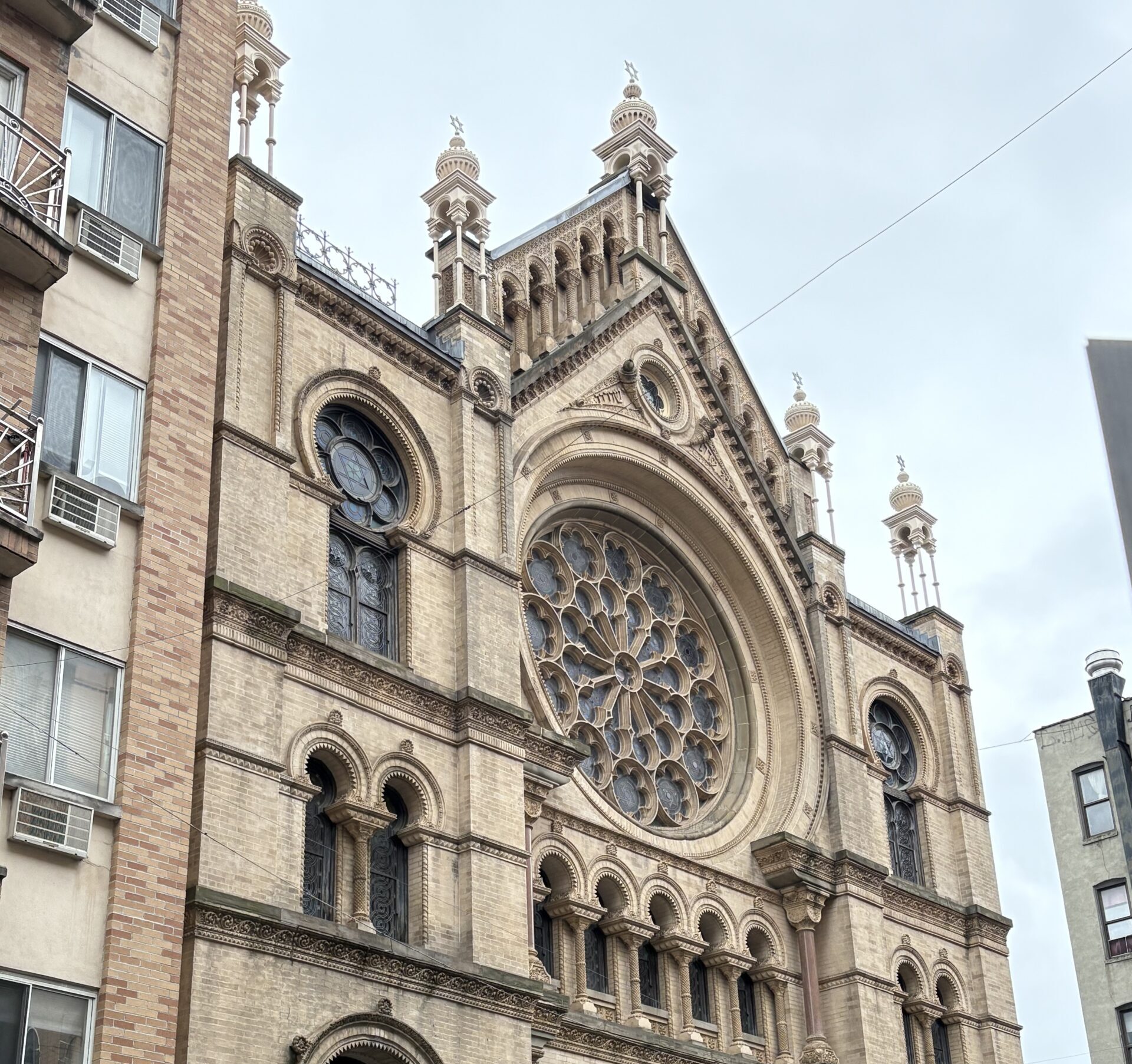
We saw the The Eldridge Street Synagogue built in 1887. It was one of the the first synagogues in America built by immigrants from Eastern Europe.
One student commented “The synagogue was amazing. The details were so beautiful.”
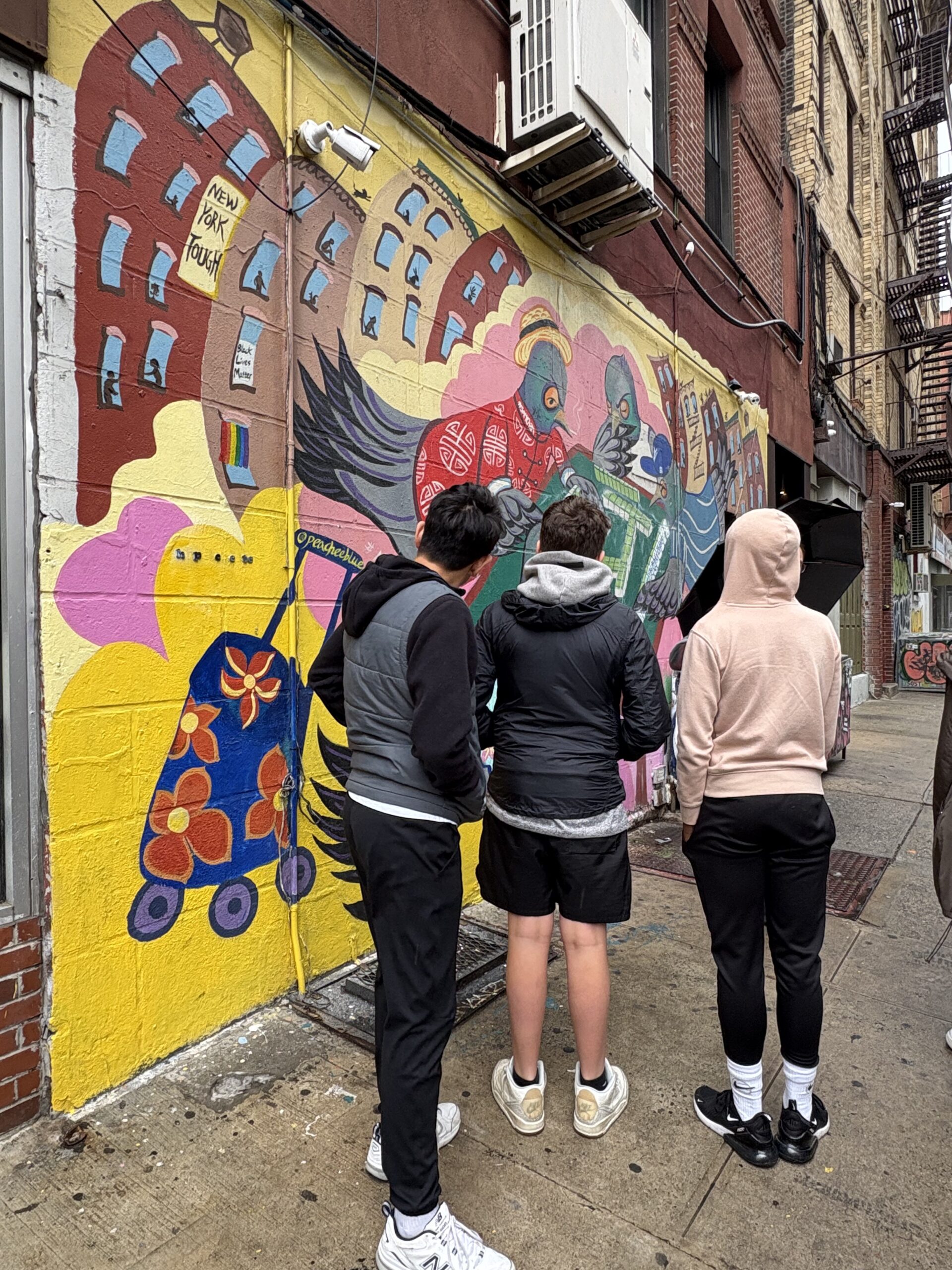
Another said “It was interesting seeing all the different lifestyles and cultures in NYC, how they lived and made it work with what they had.”



We capped off our trip with NYC famous Joe’s pizza for lunch. We had a bus picnic to stay dry!
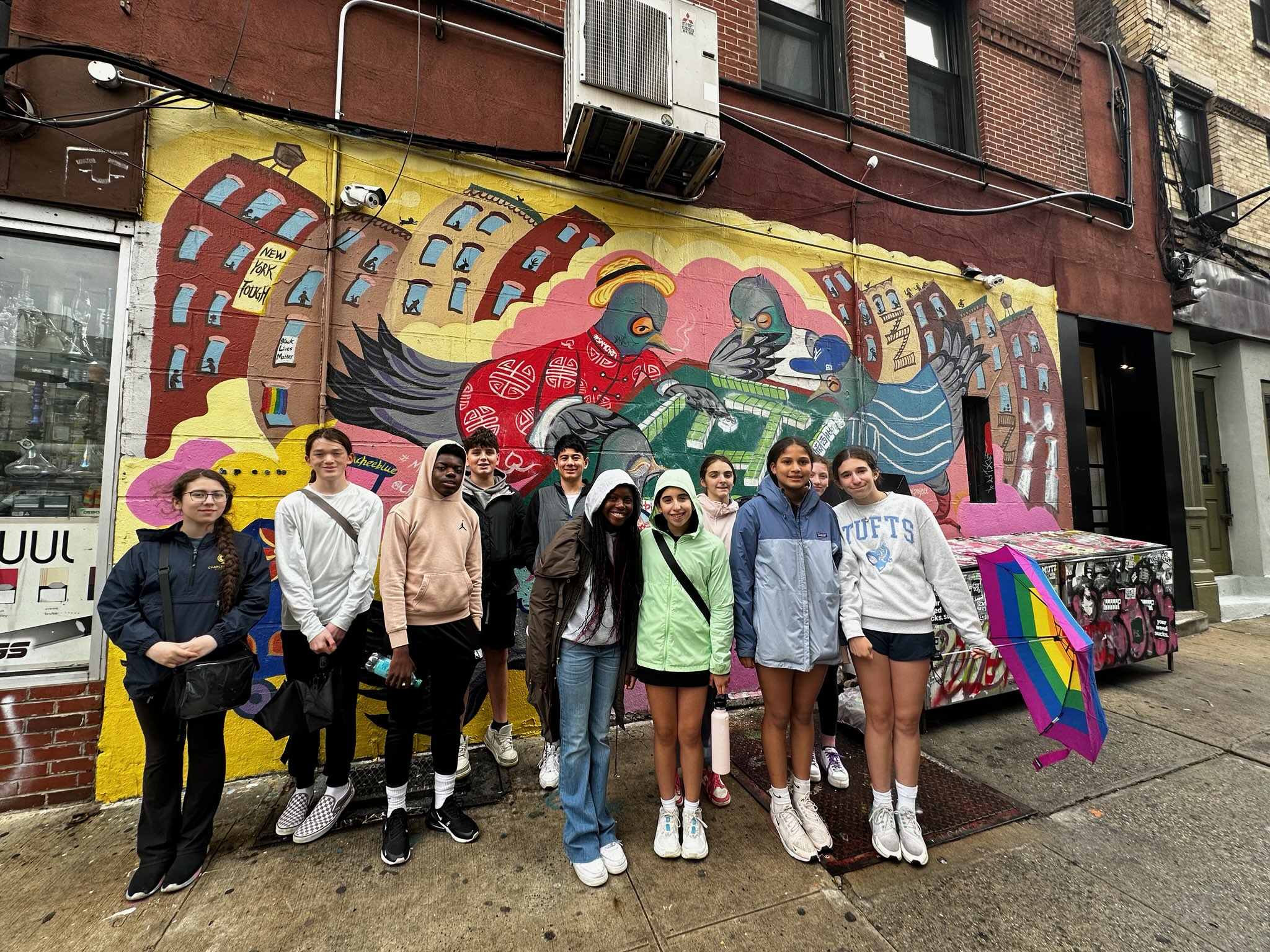
We spent the journey home recapping our favorite parts of the trip and sharing what we learned.
